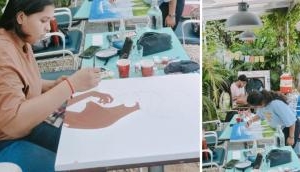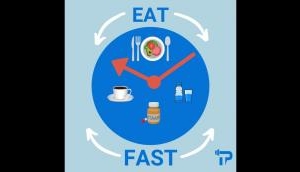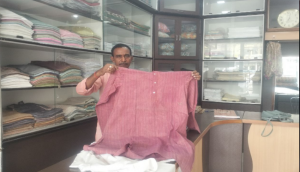
In this day and age, despite all of the groundbreaking technological and medical advancements, the 21st century has seen an onslaught of a variety of diseases that continue to affect us. And, our lifestyles have a lot to contribute in that regard.
Osteoporosis is one such condition that is becoming more and more common with the passage of time.
According to a study published by the Indian Council of Medical Research, an estimated number of 25 million Indians are affected by this disease. While women are more susceptible to this condition that causes brittle bones, osteoporotic fractures in India occur commonly in both sexes, and may occur at a younger age than in the West.
What is osteoporosis?
Osteoporosis is a condition that affects the bones, leading to a loss in their density, making them brittle, and more susceptible to fracture. The bone loss caused by osteoporosis outspaces the growth of new bones.
While bone density is at its peak in the 20s, with the passage of time, several factors contribute to the loss of bone mass.
What causes osteoporosis?
Contrary to popular belief, calcium deficiency is not the sole culprit that leads to osteoporosis. While it is pertinent to maintain healthy levels of calcium in one's body, vitamin D deficiency is a major factor that puts both men and women in India at risk.
Women are particularly susceptible to osteoporosis, especially after menopause. A quick drop in estrogen levels with the onslaught of menopause is the major reason why older women are more prone to osteoporosis, losing more bones than they replace.
The greater your bone density is to begin with, the chances of developing osteoporosis at an older age decreases. If you had low peak bone mass or other risk factors that caused you to lose bone, your chance of getting osteoporosis is greater.
While osteoporosis is most common in older people, young people, including premenopausal women in their 20s, 30s, and 40s are also sometimes affected.
Younger women suffering from eating disorders like anorexia and bulimia that affect their menstrual cycles, are also susceptible to having a compromised bone density.
Along with liberal doses of calcium, Vitamin D and estrogen, a plethora of other hormones are also essential to ensure healthy bone density levels
Here's how you can combat osteoporosis
While dealing with osteoporosis later in life may be quite the hassle, preventive measures taken earlier on in life reduces chances of developing this condition. Lifestyle changes are key to combatting osteoporosis.
A diet rich in calcium and Vitamin D, along with ample weight-bearing exercises are crucial to ensuring rich bone density.
Smoking and drinking also contribute to weakening your bones. Nicotine has direct toxic effects on bone cells, blocking the body's ability to use estrogen, calcium, and Vitamin D.
First published: 20 October 2016, 6:32 IST






![BJP's Kapil Mishra recreates Shankar Mahadevan’s ‘Breathless’ song to highlight Delhi pollution [WATCH] BJP's Kapil Mishra recreates Shankar Mahadevan’s ‘Breathless’ song to highlight Delhi pollution [WATCH]](https://images.catchnews.com/upload/2022/11/03/kapil-mishra_240884_300x172.png)

![Anupam Kher shares pictures of his toned body on 67th birthday [MUST SEE] Anupam Kher shares pictures of his toned body on 67th birthday [MUST SEE]](https://images.catchnews.com/upload/2022/03/07/Anupam_kher_231145_300x172.jpg)






